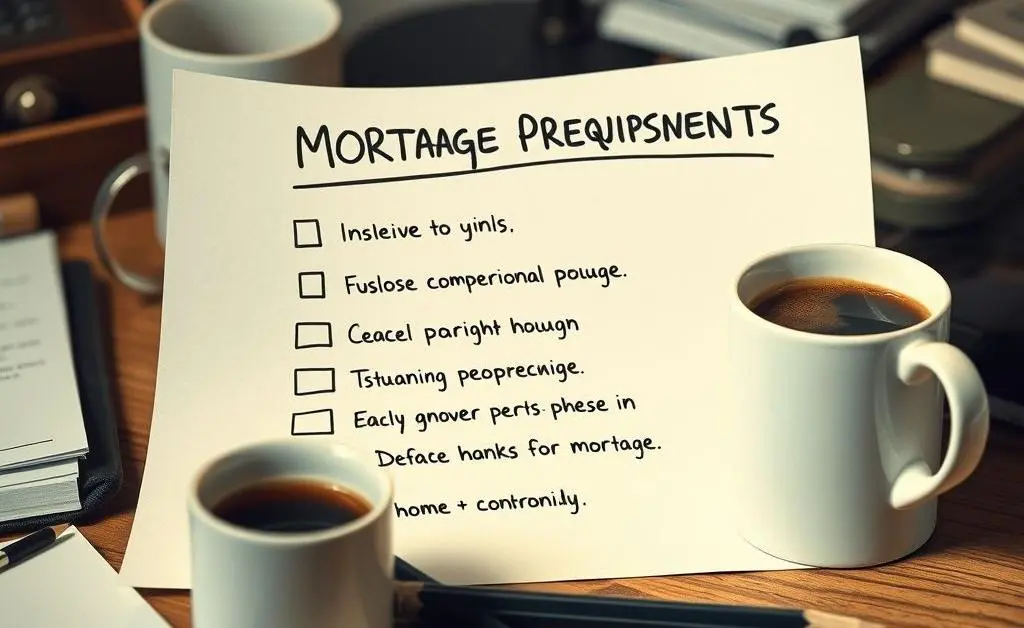Navigating Mortgages in Canada: Key Requirements to Know
Discover essential mortgage requirements in Canada with practical tips.

Applying for a mortgage in Canada can feel like navigating a maze, especially if it's your first time. Don't worry; I've got your back with some insights that might help make things clearer!
What are the Basic Mortgage Requirements in Canada?
When it comes to securing a mortgage in Canada, a few key components are typically required by lenders:
- Proof of Income: This could include your recent pay stubs, T4 slips, or a letter from your employer. If you're self-employed, tax returns will do the job.
- Good Credit Score: Most lenders in Canada prefer a credit score of 680 or higher. A higher score can open doors to better interest rates.
- Down Payment: A minimum of 5% down payment is needed if the home is under $500,000, and 10% for the portion above $500,000, up to $1,000,000.
- Debt Service Ratios: Lenders will look at your gross debt service (GDS) ratio and total debt service (TDS) ratio to ensure you're not over-leveraged.

Why Does Your Credit Score Matter?
Your credit score might just be a number, but it's quite telling. Lenders use it to assess your creditworthiness. A good score gives them confidence in your ability to repay borrowed funds. So, before diving into the mortgage application process, it's wise to check your credit score and work on improving it if needed.

How Much Should You Save for a Down Payment?
Though the minimum down payment might be 5%, aiming for a higher percentage is beneficial. It can help lower your monthly payment and provides protection against market fluctuations. If your down payment is less than 20%, you'll need to purchase mortgage default insurance, adding to the costs.
Steps to Improve Your Chances of Mortgage Approval
To boost your mortgage approval odds, consider these steps:
- Increase Your Down Payment: Larger down payments can reduce risk and might lead to better mortgage terms.
- Pay Down Debt: Lower your debt-to-income ratio by settling existing loans and credit card balances.
- Stabilize Your Income: Lenders prefer steady income, so if possible, avoid changing jobs close to your application date.

In Conclusion
Navigating mortgages doesn't have to be daunting. By understanding these requirements and preparing ahead, you can position yourself as an attractive candidate for lenders. Don't shy away from asking questions or seeking professional advice to make confident decisions on your journey to homeownership. What are your thoughts on navigating the mortgage process? Feel free to share your experiences!




